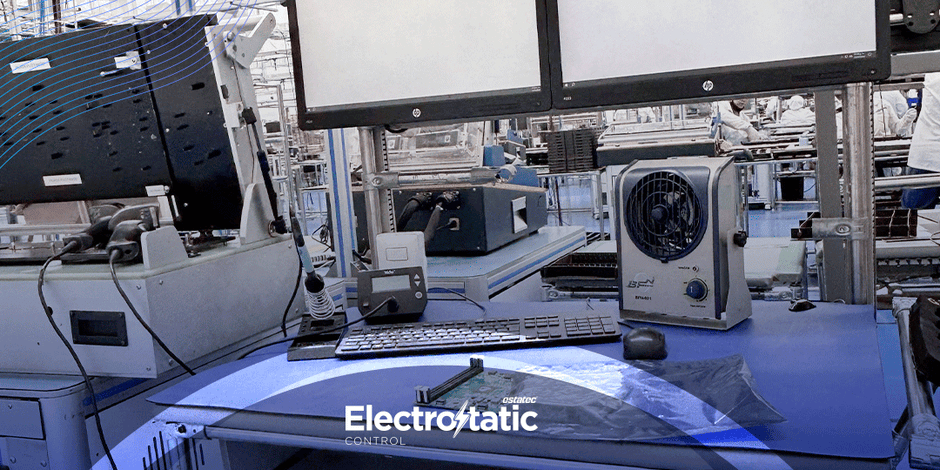In the highly controlled world of cleanrooms, where even a speck of dust can wreak
havoc, maintaining an environment free from contaminants is paramount.
Electrostatic discharge (ESD) garments have become indispensable in these
settings, but their utility extends far beyond the confines of traditional cleanrooms.
These garments play a crucial role in various industries, ensuring safety, cleanliness, and the integrity of delicate processes and products.
ESD garments are designed to protect sensitive electronic components and other
delicate materials from electrostatic discharge. They are typically made from fabrics
interwoven with conductive fibers that dissipate static electricity, thereby preventing
the buildup of static charges that can cause contamination or damage. In
cleanrooms, these garments are part of a broader ESD control program that includes flooring, furniture, and equipment designed to minimize static electricity.
In the electronics industry, where even minor static discharges can damage sensitive components, ESD garments are essential. Workers handling microchips,
semiconductors, and other electronic parts wear these garments to prevent static
buildup. This protection ensures that the integrity of the components is maintained
throughout the manufacturing process. ESD garments help reduce failure rates and
improve product reliability, which is critical in a market where precision and quality
are paramount.
The pharmaceutical and biotechnology industries rely heavily on clean environments to prevent contamination of products that can have life-altering effects. ESD garments are used in these industries to protect both the product and the process.
By preventing static electricity, these garments help maintain sterile conditions,
crucial for the development and production of medicines, vaccines, and
biotechnological products. Additionally, they safeguard sensitive analytical
instruments from potential static-related damages, ensuring accurate results in
research and development.
In the automotive sector, the use of ESD garments is becoming increasingly
common, particularly in the production of electric vehicles (EVs) and advanced
driver-assistance systems (ADAS). These modern vehicles and systems incorporate
numerous electronic components that are highly sensitive to static electricity. ESD
garments help protect these components during assembly and testing, reducing the risk of defects and ensuring the reliability and safety of the final product.
Data centers and IT environments house critical infrastructure that supports a vast
array of services and operations. Here, ESD garments are worn by personnel to
prevent static discharge that could disrupt or damage servers, storage devices, and
networking equipment. Maintaining a stable and secure environment is vital to
ensuring uninterrupted service and data integrity, making ESD garments an essential component of the operational protocol in these settings.
The production of medical devices, such as pacemakers, defibrillators, and
diagnostic equipment, demands an environment free from contaminants and static
electricity. ESD garments protect these highly sensitive devices from potential static-related damage during the manufacturing and assembly processes. This protection is crucial for ensuring the devices' functionality and reliability, which directly impacts patient safety and well-being.
The effectiveness of ESD garments lies in their fabric composition. Typically, these
garments are made from polyester fibers embedded with conductive threads,
creating a grid pattern. This construction allows static charges to dissipate quickly
and safely. Some advanced ESD garments also feature carbon core fibers, which
enhance conductivity and durability. The fabrics are lightweight, breathable, and
comfortable, ensuring that workers can wear them for extended periods without
discomfort.
Beyond preventing static discharge, ESD garments contribute to overall cleanliness
in various environments. Their design minimizes the shedding of particles and fibers, reducing contamination risks. In cleanrooms, pharmaceutical labs, and
biotechnology facilities, this property is crucial for maintaining sterile conditions.
Additionally, in industries like electronics and automotive manufacturing, clean
environments ensure that products are free from particulate contamination, which
could compromise performance and quality.









